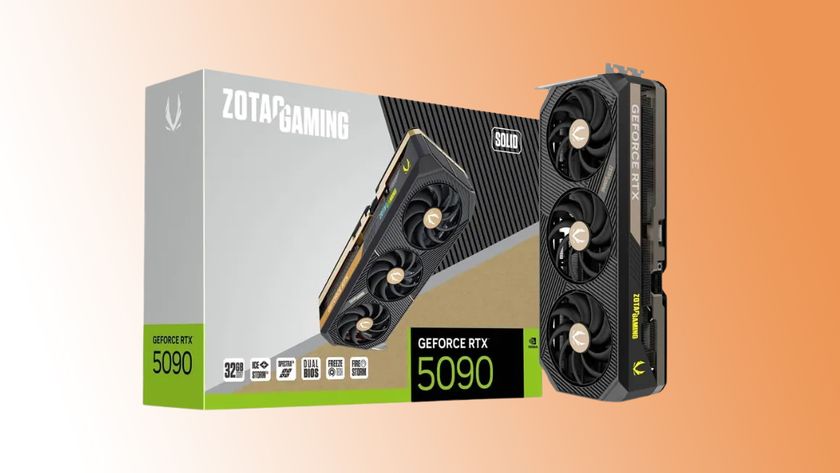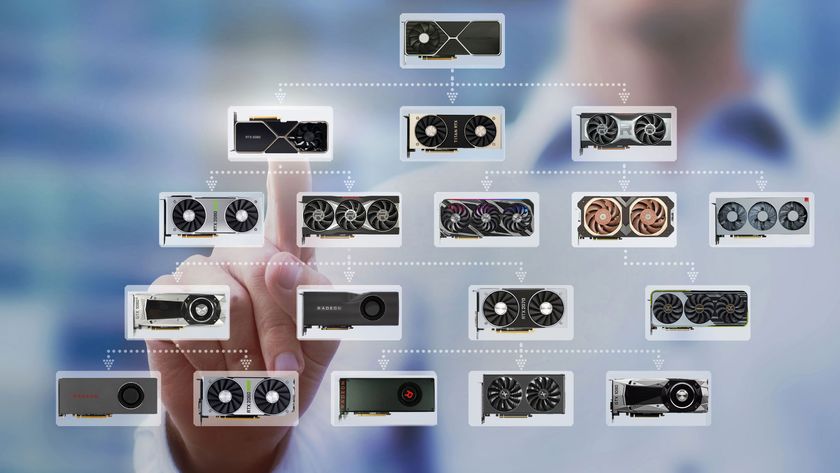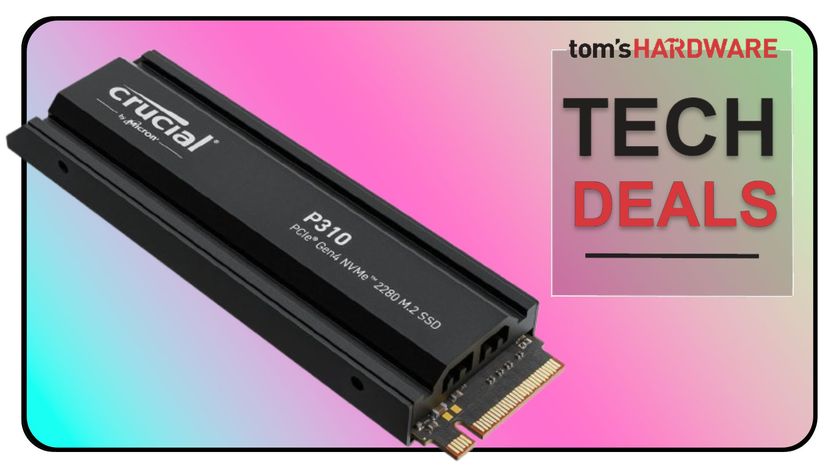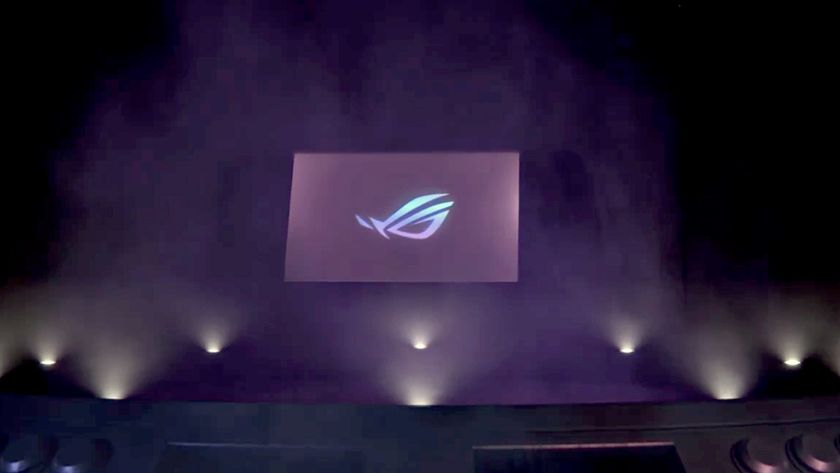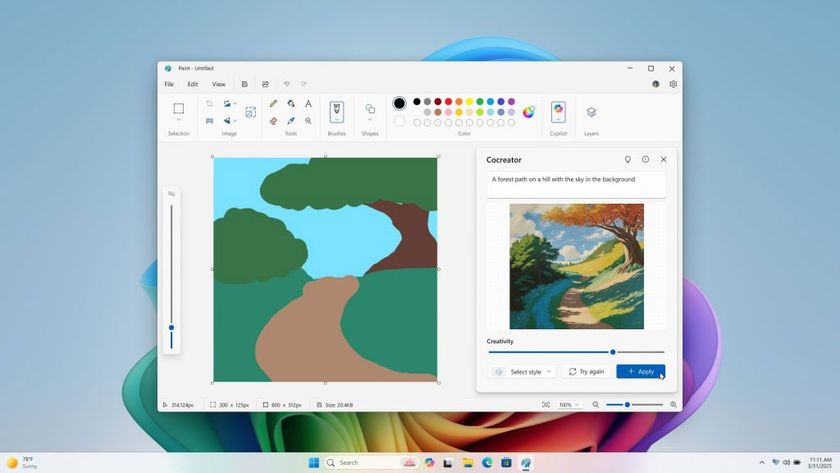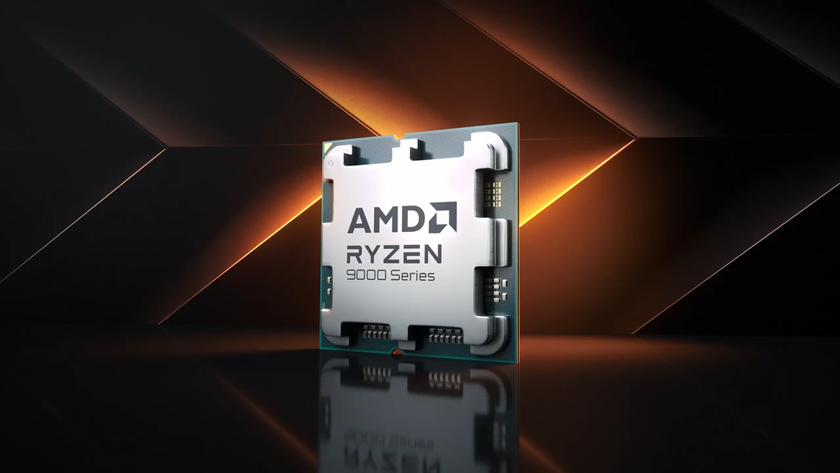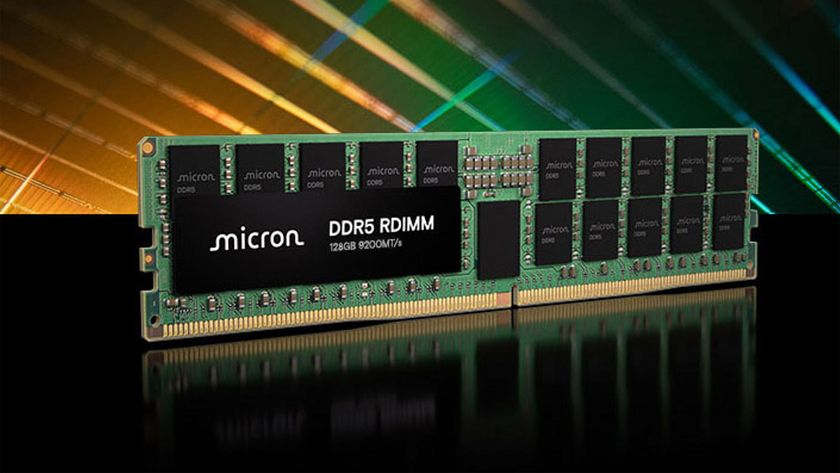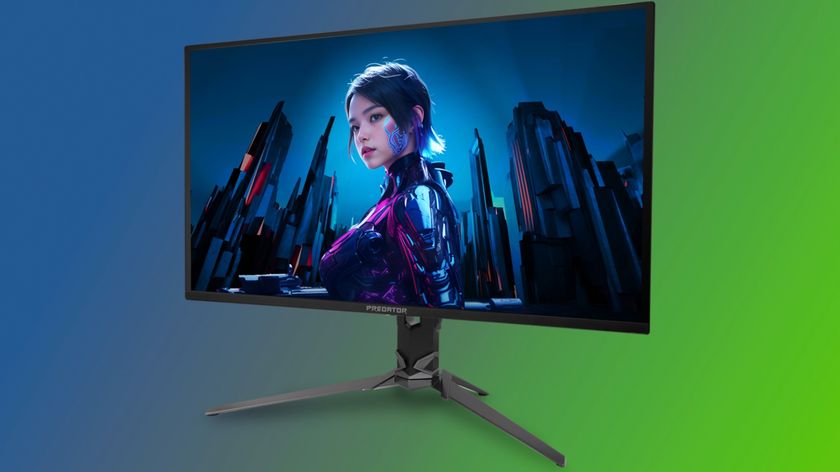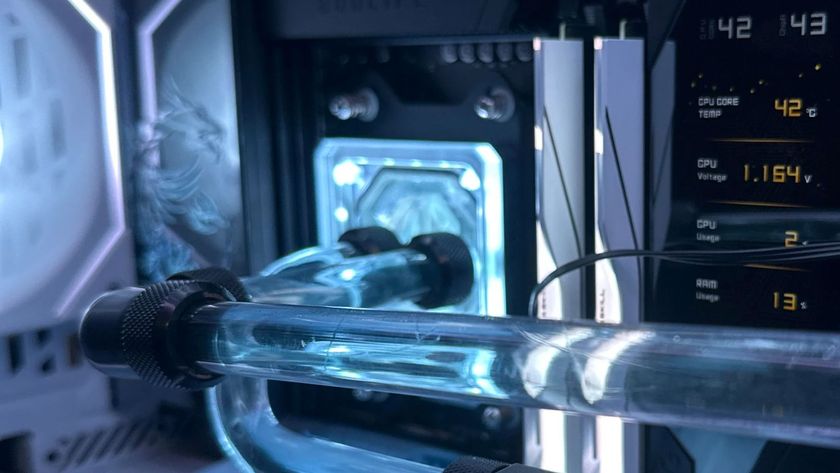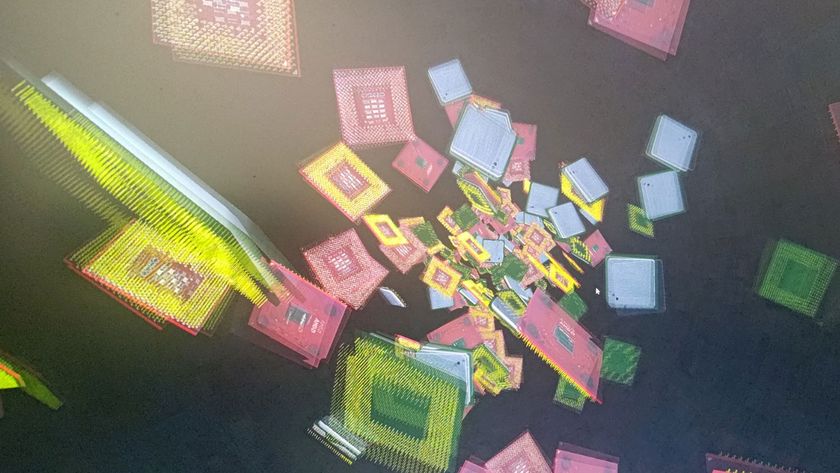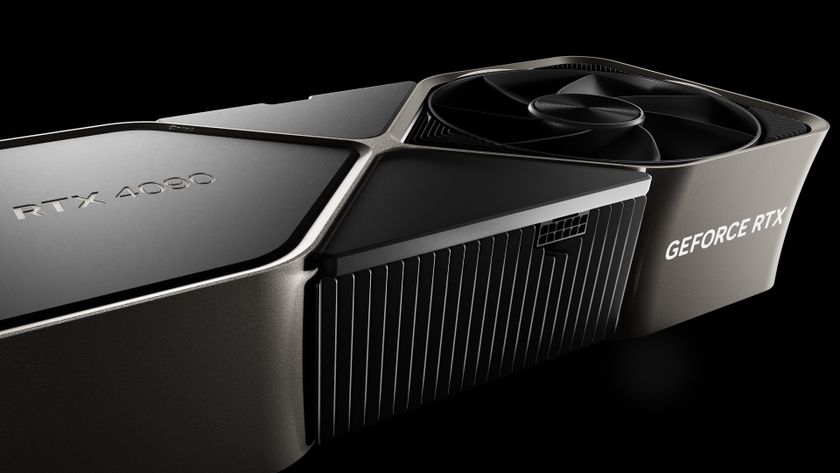How to Check if Your GPU's Thermal Pads Were Incorrectly Installed
Some graphics cards are coming with improperly installed thermal pads that cause overheating.
Reddit users @kamaloo92 and @obamaprism3 have recently posted about their Ampere-based graphics cards overheating. After cracking open both the RTX 3080 and RTX 3080 Ti (some of the best GPUs on the market), it was clear that misplaced thermal pads, and even thermal pads completely missing from parts of the GPU, were the primary problem. These users were lucky to find the problem early, before their GPUs died from overheating.
It's unclear how widespread this problem is, but similar quality control issues have popped up on AMD's RX 6000 series (RDNA2) cards as well. So if you want to ensure your expensive card won't die from a silly, simple mistake during manufacturing, here's how to make sure your graphics card won't die from improperly installed thermal pads.
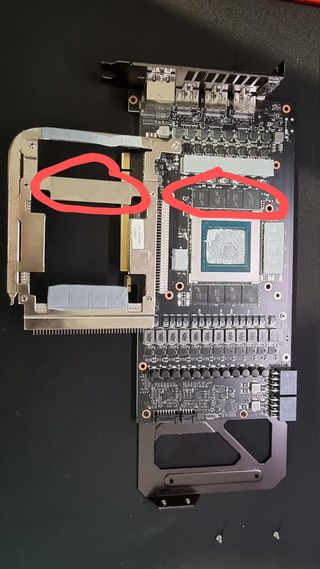
The easiest way to find out if your card is functioning properly is to check for GPU and memory temperatures. You can do this by installing either CapFrameX or HWInfo64, which are free monitoring apps that will check GPU temperature, video memory temperature, and more.
Next, you'll want to play your favorite game or GPU benchmarking tool in a window, with HWInfo64 next to it so you can check temperatures in real time. Or, if you are running CapFrameX, you can run the game in fullscreen mode, since CapFrameX can be used as a capture tool and record all sensor data while you play.
For RTX 30 series GPUs, generally, anything over 85C on the GPU core, or 110C on the memory probably means there's probably something's wrong with your card--especially if your fans are screaming at 100% fan speed.
If you are on a Radeon RX 6000 series GPU, anything above 110C for the hotspot temperature of the GPU, or 95C for the VRAM, is too high and should be an indicator that the card's cooler or the thermal paste/pads were installed incorrectly.
If you find your graphics card is running very hot, you can do one of two things. You can either RMA your graphics card (assuming it's under warranty), and wait for a fix or replacement. Or you can fix the card yourself, by manually unscrewing the cooler from the card's PCB, and replacing the thermal pads and thermal paste. You can read about how to do this in our guide to installing a waterblock on a GPU. Pretty much everything up through step 5 applies.
Stay On the Cutting Edge: Get the Tom's Hardware Newsletter
Get Tom's Hardware's best news and in-depth reviews, straight to your inbox.
Checking graphics card temps is one of the easiest things you can do, and it can potentially save you from bricking a fairly new graphics card and having to wait weeks for a warranty replacement (if you're lucky).

Aaron Klotz is a contributing writer for Tom’s Hardware, covering news related to computer hardware such as CPUs, and graphics cards.
